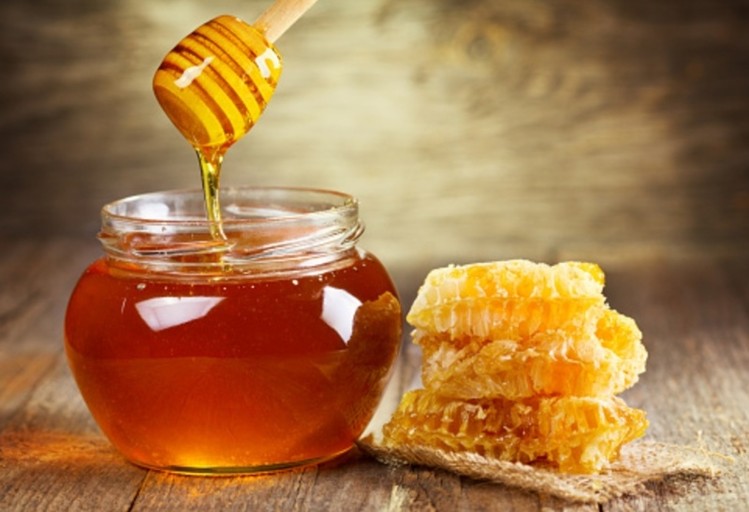Nuclear powers across the globe have detonated 500 plus nukes since the Manhattan project. These explosions came as tests of the deadly weapons, a brazen demonstration of firepower to rival nations by military powers including the US, Russia, and France.
The fallout of the radioactive weapons has now impacted honey across the globe. A study published in the United States has revealed that honey in the country is full of radioactivity remaining from those atmospheric nuclear detonations.
For the analysis, researchers gathered honey specimens from more than 100 hives and soil samples from 110 areas across the Eastern United States, as mentioned in vice.com.
The scientists observed high levels of Cesium in both the soil and honey specimens. The study stated that the majority of the radiation generated by a nuclear weapon explosion fades within the first few days. Caesium comes as the longest remaining fission product with a radioactive life of 30.2 years.
The study claimed that the Eastern North American region experienced disproportionately high fallout between the 1950s and 1960s nuclear explosions in spite of being relatively far from the detonation regions. This can be attributed to high precipitation.
The United States of America conducted a large number of atmospheric nuclear explosions in the Marshall Islands located in the southwestern region of the country. The fallout reached into the atmosphere floated across the planet.
Previously in a research post, the Chernobyl nuclear catastrophe recognized high levels of Cesium in European pollen and honey. The good news however is that majority of this honey is probably safe for humans to consume according to researchers.






